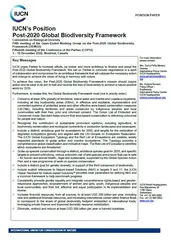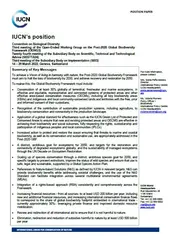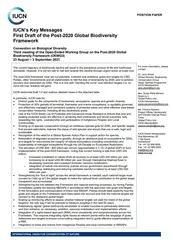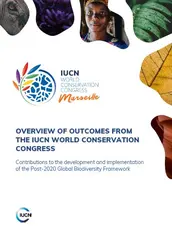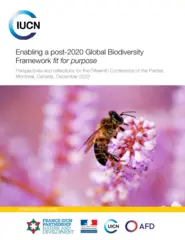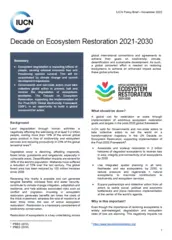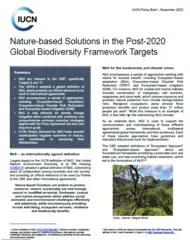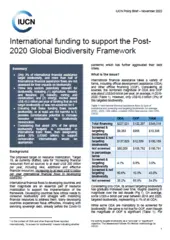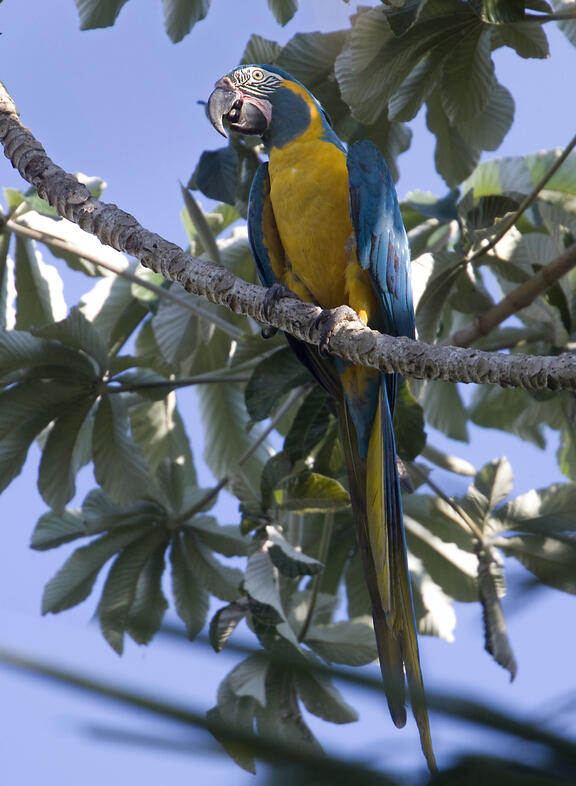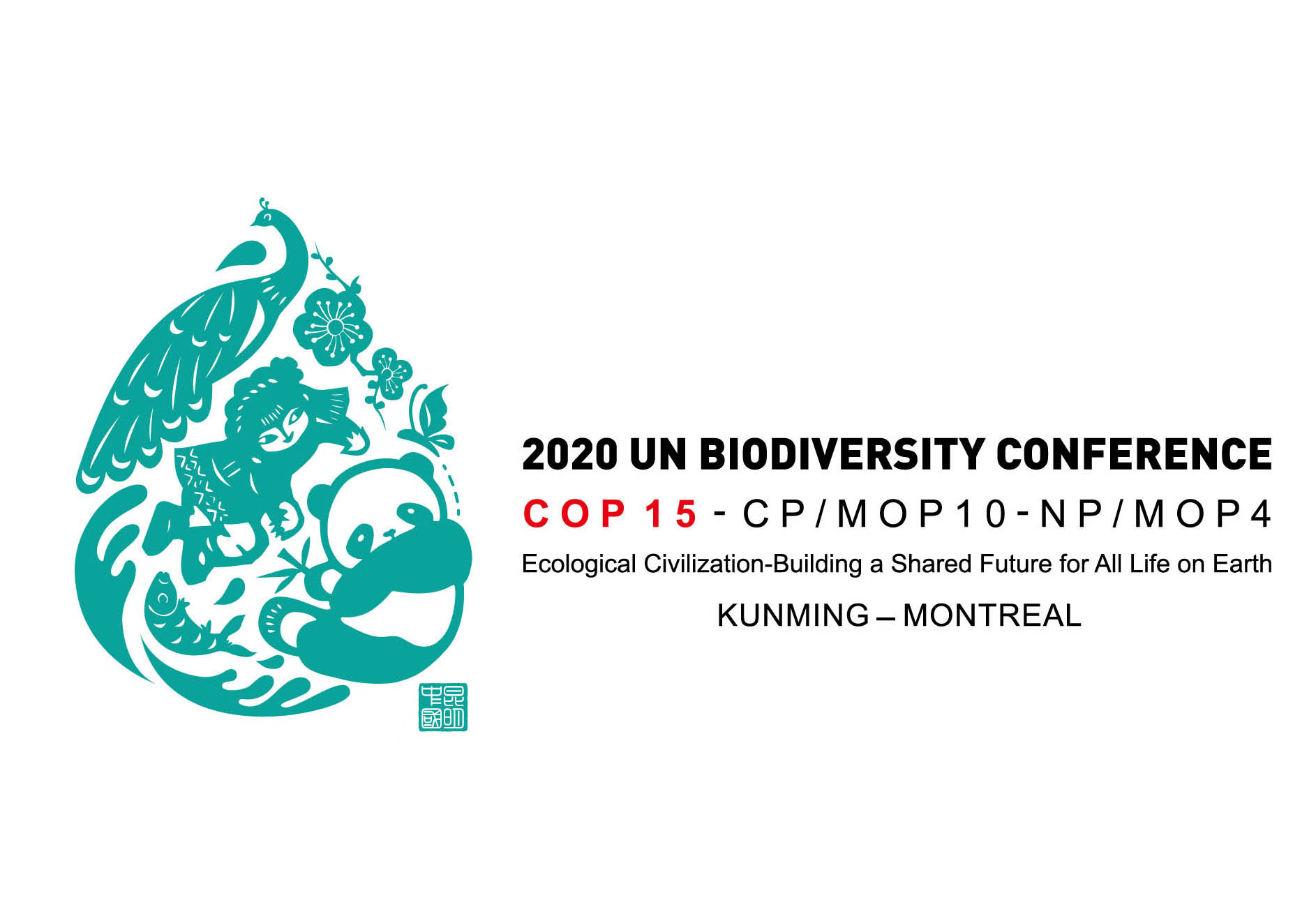Despite the commitments made by governments in 2010 to take effective and urgent action to halt the loss of biodiversity and ensure resilient ecosystems by 2020, much remains to be done still. The new post-2020 global biodiversity framework should:
- Avoid duplication and enhance complementarity with existing frameworks, in particular the 2030 Agenda for Sustainable Development. It is essential that the biodiversity framework focusses on effectively addressing threats to biodiversity as well as gaps that might exist in the SDGs – for instance on the interlinkages of biodiversity and human health.
- Be structured to reflect the pathway from where we are now to the changes we’d like to see in 2050. Action targets must be underpinned by a the theory of change reflecting a clear line-of-sight from now until attainment of the Vision.
- Have focused, concrete and measurable Action Targets, so that their implementation and impacts can be monitored and assessed.
- Reflect the objectives of the Convention on Biological Diversity as well as the three components of biodiversity (species, ecosystems and genes) in coherent specific outcome goals.
- Be a truly global framework, clearly speaking to the other Rio and biodiversity-related conventions as well as to those agreements that cover issues related to biodiversity. Synergies are essential.
- Integrate Nature-based Solutions to safeguard and maintain ecosystems. These are vital for food and water supply, protection against natural disasters and provision of goods and services which are essential for human well-being.
- Embrace all voices: indigenous peoples and local communities, regional and city governments, the private sector, NGOs, women, youth and society at large must be not only invited to the debate but the framework should also incentivise their explicit contributions towards the global goals.

